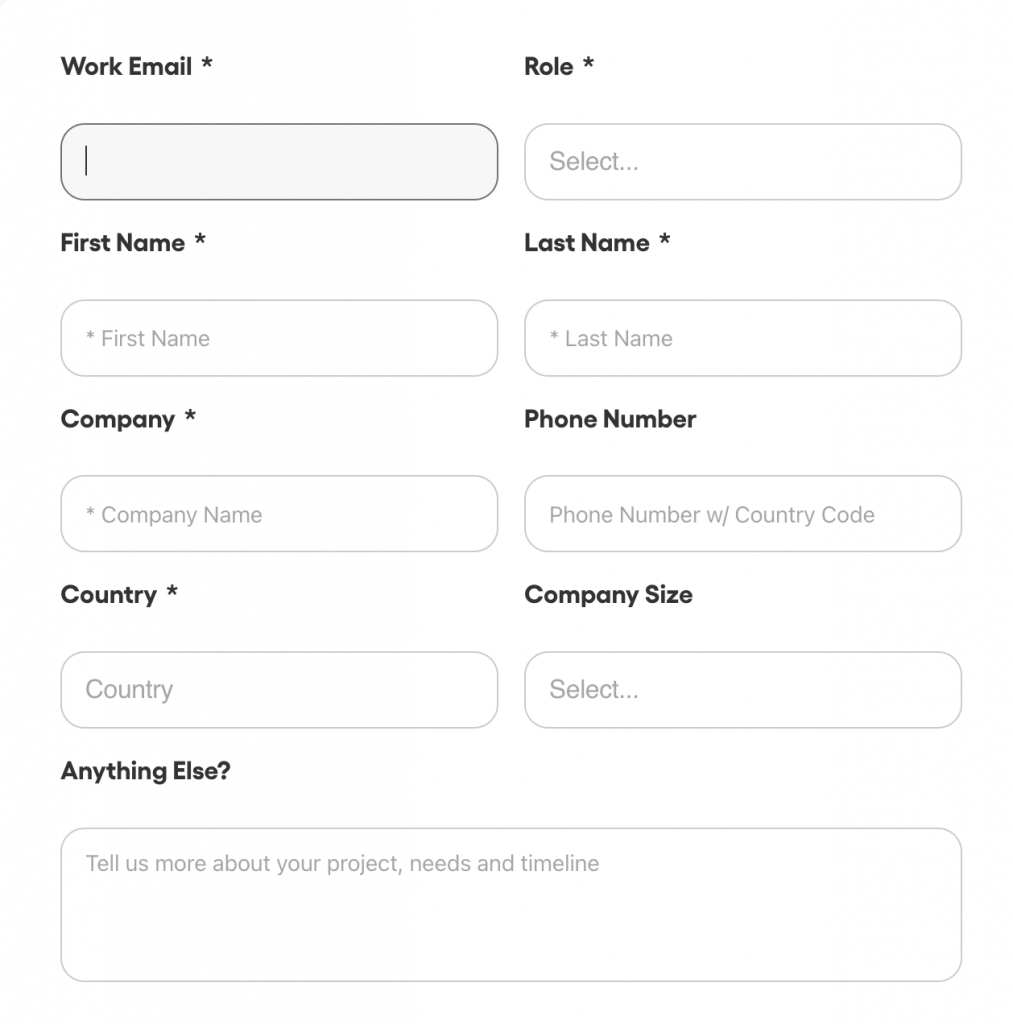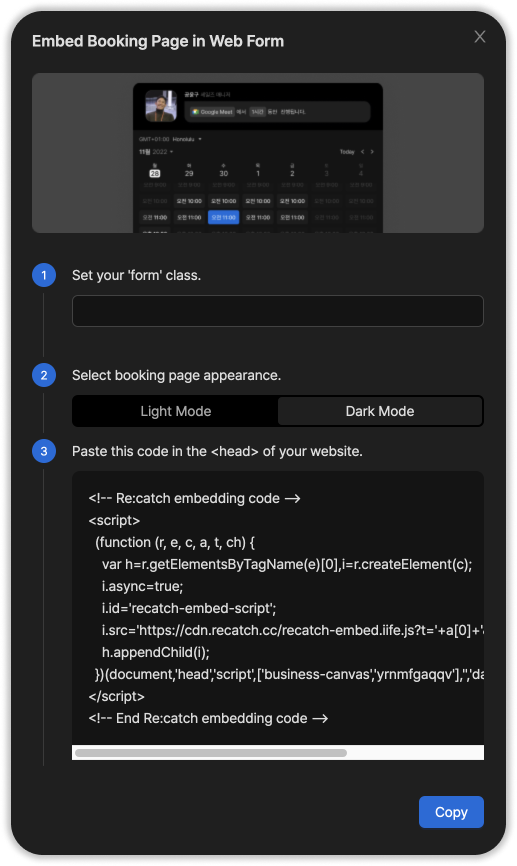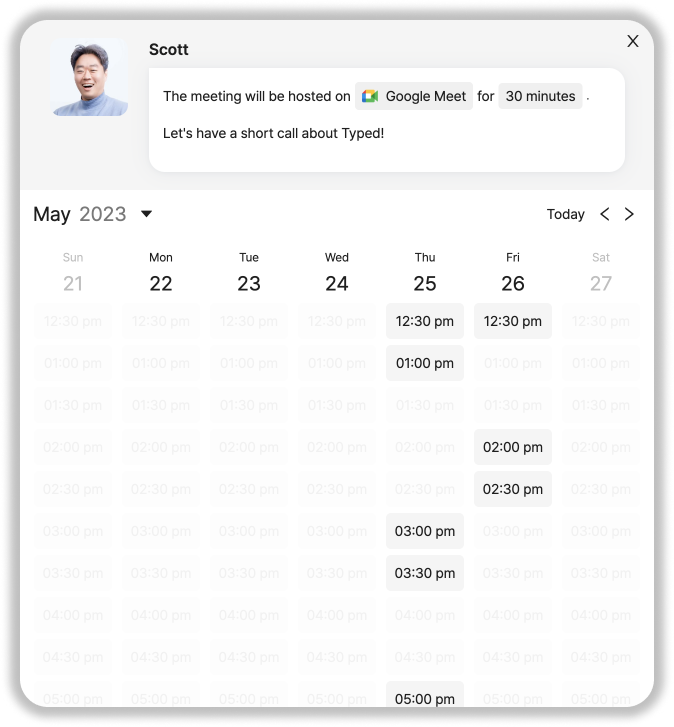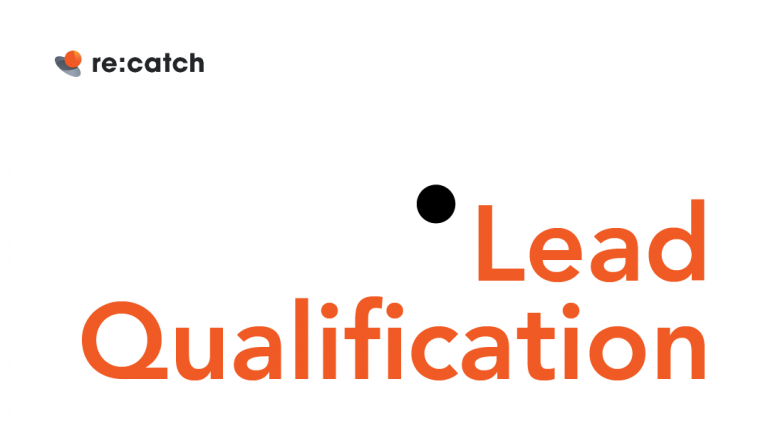5 Steps to Creating a Winning Demo Request Page for More Inbound Leads
In the world of B2B business, having an effective inbound sales strategy can make all the difference in driving growth and success. At the heart of this strategy lies a powerful tool: the demo request page. Serving as the gateway to capturing qualified leads, a well-crafted demo request page holds the key to engaging potential customers, showcasing your offerings, and ultimately closing deals.
In this blog, we will explore the five essential steps to creating an impactful demo request page for your B2B inbound marketing and sales, unlocking the potential for higher conversions and accelerated business growth. From building an engaging website to integrating with CRM tools, we’ll provide you with practical insights and tips to optimize your demo request page and drive up sales.
Step 1: Craft a Captivating Inbound Sales Page
Having a captivating inbound sales page is the first step towards building an effective demo request page. Your page should be visually appealing, user-friendly, and optimized to drive conversions. A clean and modern design with clear navigation ensures that visitors can easily find the information they need.
One essential element of an effective demo request page is a compelling Call-to-Action (CTA) button. The CTA button acts as a direct invitation for prospects to request a demo and take the next step in the sales process. It’s important to make the CTA button prominent and eye-catching, using persuasive language such as “Request a Demo” or “Schedule a Meeting.”

To maximize the chances of capturing your visitors’ interest, consider strategically placing multiple CTA buttons throughout your page. By incorporating buttons after product descriptions, testimonials, or key selling points, you create more opportunities for engagement. These strategically placed buttons prompt visitors to take action when their interest is piqued, increasing the likelihood of them exploring your demo request options.
Remember, a well-crafted inbound sales page serves as the gateway to your demo request process. Take the time to design an engaging page that entices visitors to take the desired action and explore the value your product or service offers.
Step 2: Define Your Ideal Customer Profile
If you haven’t done so, define your Ideal Customer Profile (ICP) before you proceed further. Your ICP acts as a blueprint for targeting the right prospects and ensuring that your sales efforts are focused on the most promising opportunities.
The ICP helps in lead routing, where you can direct leads to the appropriate sales reps or account executives who have the expertise to handle specific customer profiles. By aligning the right salespeople with the right leads, you enhance the efficiency and effectiveness of your sales pipeline.
When designing your demo request form, it’s crucial to incorporate questions that gather relevant ICP criteria. These criteria will provide valuable insights into the characteristics of your ideal customers.
Examples of ICP criteria include company size, industry, job title, geographic location, or specific pain points. By collecting this information upfront, you can ensure that your sales team has the necessary details to personalize their approach and tailor the demo experience to the prospect’s specific needs.
For instance, let’s say you offer a software solution targeted at small-to-medium-sized businesses. In your demo request form, you may include questions about the prospect’s company size, current software usage, and key business challenges. This information will allow your sales team to tailor their pitch, highlight relevant features, and address specific pain points during the demo.
By defining and incorporating ICP criteria into your demo request form, you streamline the lead qualification process, enable more effective lead routing, and increase the chances of converting qualified prospects into customers.
Step 3: Come Up With Effective Demo Request Questions
Using defined customer profiles, you want to then come up with questions to include in the demo request form for prospects to submit. The questions you include should not only capture basic contact information but also gather key data points aligned with your Ideal Customer Profile (ICP). Striking the right balance between collecting valuable information and keeping the form concise is essential.
Having too many questions can overwhelm prospects and deter them from completing the form. On the other hand, having too few questions may not provide enough data points for effective lead routing or sales information. It’s important to prioritize the ICP criteria that are most relevant to your sales process and incorporate them into the question form.
For example, if your ICP includes factors such as company size, industry, and specific product they are interested in. These questions provide valuable insights for lead qualification, lead routing, and tailoring the demo experience to the prospect’s specific needs.

Remember, the goal is to gather enough information to make informed decisions while keeping the form user-friendly and frictionless. By crafting effective demo request questions that align with your ICP, you can strike a balance between gathering necessary data and ensuring a seamless user experience, ultimately driving higher engagement and increasing the chances of booking a meeting.
Step 4: Link a Sales Meeting Scheduler Tool
To speed up lead time, it’s important to provide prospects with the ability to schedule a call immediately after they submit the form. This is where an inbound sales and scheduling tool, like Re:catch, can make a significant difference. With such a tool, you can embed a booking page directly onto your demo request page by simply copying and pasting a code snippet.

By offering prospects the option to schedule a call right away, you create a sense of convenience and urgency. It allows them to take immediate action while their interest is at its peak. Additionally, integrating a sales meeting scheduler tool with your demo request page streamlines the process, eliminating back-and-forth communication and reducing the risk of missed opportunities.
Moreover, tools like Re:catch often come with built-in lead routing capabilities, automatically assigning booked meetings to the appropriate sales representatives or account executives based on predefined rules. This ensures that the right team members are involved in the sales process from the beginning, improving efficiency and maximizing the chances of a successful conversion.

By leveraging a sales meeting scheduler tool, you can provide a seamless and efficient experience for prospects, enabling them to easily schedule a call while empowering your sales team with automated lead routing. This integration enhances the overall effectiveness of your demo request page and boosts the likelihood of turning prospects into valuable customers.
Integrate with a CRM Tool
To ensure seamless management and tracking of prospects generated from your demo request page, integrating a Customer Relationship Management (CRM) tool is essential. A CRM system acts as a centralized hub that consolidates all prospect information, providing a single source of truth for your sales and marketing teams.
By integrating your demo request page with a CRM tool, you can automatically capture and store valuable prospect data, such as contact details, company information, and specific demo preferences. This allows for efficient lead management and ensures that no valuable prospect information slips through the cracks.
Popular CRM choices like Salesforce, HubSpot, and Attio offer robust features for lead tracking, pipeline management, and communication automation. These tools enable you to organize and segment prospects based on various criteria, empowering your sales team to tailor their approach and prioritize follow-ups based on the prospects’ specific needs and interests.
With CRM integration, you can streamline your sales process, enhance collaboration between teams, and leverage data-driven insights to make informed business decisions. It enables you to nurture leads effectively, track their journey through the sales pipeline, and ultimately drive conversions.
Start Setting Up Your Demo Request Page!
implementing these five steps will enable you to create a highly effective demo request page for B2B inbound marketing and sales. By following these strategies, you can expect to attract a steady stream of high-quality leads, accelerate lead conversion, and enhance your overall sales process.
A well-designed demo request page will empower your team to engage with prospects more efficiently, personalize the sales experience, and ultimately drive higher revenue. Embrace these steps to optimize your demo request page and unlock the full potential of your inbound marketing and sales efforts.







